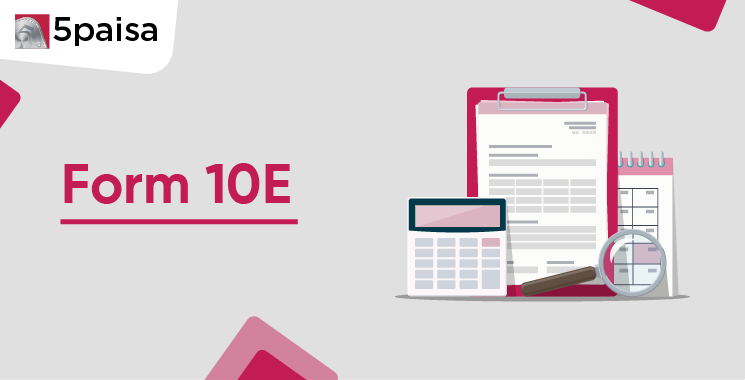Content
- What is Form 10E?
- Why is Form 10E Required?
- Who is Eligible to File Form 10E?
- Step-by-Step Guide to Filing Form 10E Online
- Common Mistakes to Avoid While Filing Form 10E
- Conclusion
When it comes to income tax filing in India, taxpayers often face challenges related to arrears or backdated salary payments. If you have received a salary in arrears or advance, your taxable income for the current year may increase significantly, leading to higher taxes. However, the Income Tax Act provides relief under Section 89(1), which allows taxpayers to claim a reduction in tax liability. To avail of this relief, Form 10E must be filed online with the Income Tax Department.
This guide provides a comprehensive explanation of Form 10E, its purpose, eligibility, step-by-step filing process, and common mistakes to avoid. By understanding Form 10E, taxpayers can ensure compliance while reducing their tax burden effectively.
More Articles to Explore
- Difference between NSDL and CDSL
- Lowest brokerage charges in India for online trading
- How to find your demat account number using PAN card
- What are bonus shares and how do they work?
- How to transfer shares from one demat account to another?
- What is BO ID?
- Open demat account without a PAN card - a complete guide
- What are DP charges?
- What is DP ID in a demat account
- How to transfer money from demat account to bank account
Disclaimer: Investment in securities market are subject to market risks, read all the related documents carefully before investing. For detailed disclaimer please Click here.
Frequently Asked Questions
Yes, filing Form 10E is mandatory if you want to claim relief under Section 89(1). Without filing this form, your relief claim may be rejected by the tax department.
No, it is advisable to file Form 10E before submitting your ITR. If you file your ITR first and claim relief without filing Form 10E, your claim may be denied.
There is no direct penalty, but your relief claim under Section 89(1) will likely be denied, which can increase your tax liability. However, if you claim relief under Section 89(1) without submitting Form 10E, the claim may be rejected, leading to a higher tax liability.
Yes, pensioners who receive pension arrears or commuted pension can claim relief under Section 89(1) by filing Form 10E.
The form cannot be revised once submitted, but if needed, you may file a revised ITR with a new Form 10E if your original return hasn’t been processed yet.


